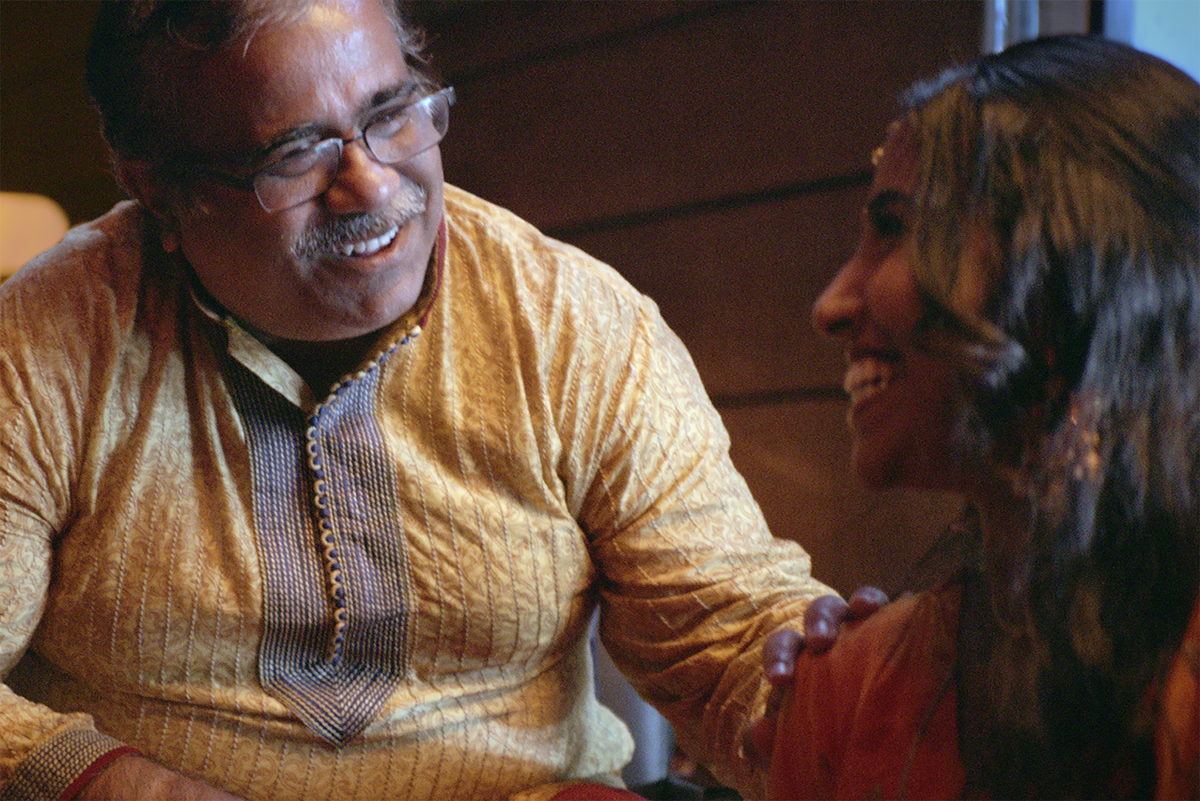
Understanding
stroke
Be educated on the warning signs and how to minimize the risk of a stroke.

Hear from stroke survivors
Meet Katherine Wolf, a stroke survivor who suffered from a catastrophic stroke when she was just 26 years old, and was later found to have a 2nd aneurysm requiring treatment. Continuing in her recovery to this day, Katherine has used her second-chance life to advocate for those affected by disability and challenges us all to embrace our own good/hard story.

What is a stroke?
In order to know how to treat a stroke, we must first understand what exactly a stroke is. A stroke occurs when blood flow is either blocked (ischemic stroke) or an artery bursts (hemorrhagic stroke). When this happens, the brain doesn’t get the blood it needs to function properly. Depending on the severity of the stroke and the area of the brain affected, loss of brain function or death may occur. Motor function, speech and memory are examples of bodily functions that may be impacted.
When someone is having a stroke and time stands still, you need to act fast. Quick action and emergency medical intervention can make a big difference for the patient.

Stroke facts

1 in 4 people will suffer a stroke in their lifetime

Stroke is the second leading cause of death globally

Stroke is the leading cause of disability around the world.

Stroke is responsible for more global deaths annually than AIDS, tuberculosis and malaria combined.
Symptoms of a stroke
Stroke is an emergency. Learn to recognize the signs of stroke. Act F.A.S.T. and help save lives.
Any one of these signs may indicate an acute ischemic stroke. If the person exhibits one or more of these signs, call Emergency Services immediately.

Face
Can the person smile? Has his/her mouth drooped?

Arm
Can the person raise both arms?

Speech
Can the person speak clearly and understand what you’re saying?

Time
Act fast, get help. Every second counts.
What are the risk factors of a stroke?
There are 10 major risk factors that contribute to about 90% of strokes.
Both men and women of any age have the potential to be at risk.
Many of these potential risk factors are preventable.
These risk factors include the following:
High blood pressure
Lack of physical activity
Bad eating habits
Smoking
Alcohol consumption
Cardiac disorders
Psychosocial stress
Obesity
High cholesterol
Diabetes mellitus

Stroke is treatable
Stroke generally happens suddenly. When it does, medical care needs to be administered as quickly as possible. It’s not only important to recognize the signs and symptoms of stroke, but to also know the available treatment options and hospitals that have the capacity to perform life-saving procedures.
The three methods of treating stroke are medical management, endovascular treatment, or surgical intervention, which is the most invasive. The physician will determine the best course of treatment depending on the type of stroke, the patient’s risk factors, the severity of the stroke and other risk factors.